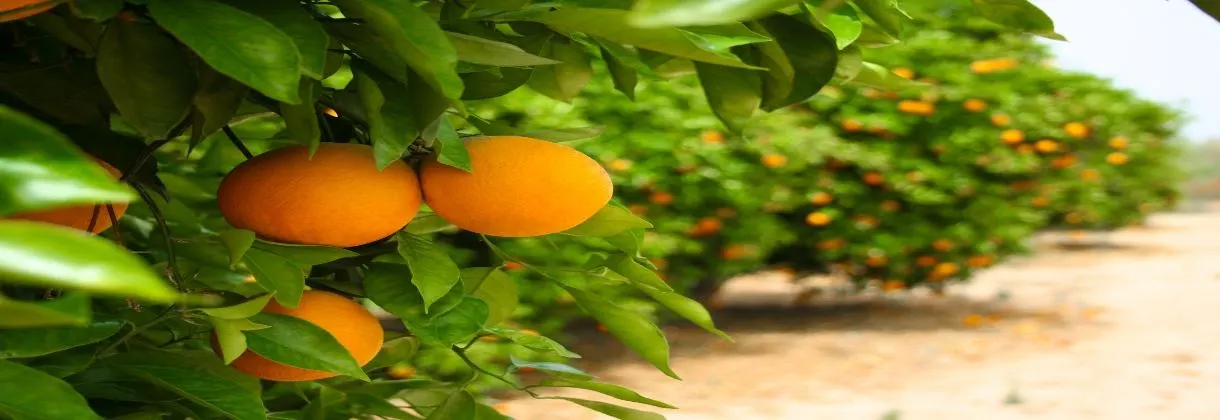Fruit trees can enhance the appeal of any landscape. But to maintain them in their best form, you need to trim and prune them properly. Pruning isn’t a difficult task if you know how to go about it, especially for peach and plum trees. Knowing how to prune these trees is essential if you want them to enjoy good health and ensure a good fruit yield. If not pruned carefully, your fruit trees can suffer from various issues, such as pest infestations, diseases, and even breaking of branches under fruit load, to name just a few.
It’s never too late to learn about how to prune fruit trees. These tips can help you to get started with the pruning of peach and plum trees.
When and How to Prune Peach Trees?
There are a few things that you need to keep in mind before getting started with the pruning of peach trees. These include when to prune them and what kind of equipment to use for best results.
Best Time To Prune Peach Trees
Most fruit trees are pruned before winter is over and when they are dormant. But this isn’t the case when you consider peach trees. If you go ahead with pruning in winter, your peach trees become susceptible to dieback, and their ability to survive the effects of cold weather becomes less. The ideal time to prune your peach trees is in spring.
You have to ensure that no major pruning of your peach trees takes place before the trees are three years old. That is the time when they become mature enough to yield a good crop. If you prune your trees before that, keep your efforts limited to maintaining their basic shape.
When pruning a mature peach tree, you can do so extensively and remove around 40 percent of the tree every year. This will help in the growth of the tree and fruiting branches. You need to prune a peach tree into a vase shape rather than pruning the central trunk.
Another thing to remember is that you have to use proper tools and equipment for tree pruning, such as pruning saws, pruners, bypass shears, etc.
Tips To Prune Peach Trees
- Look for branches that are damaged, diseased, or dead, and carefully remove all such branches that are in poor condition.
- During the early years of your peach tree, choose three to five main branches that are growing upward. These main scaffold branches should be present along the outside of the tree and spaced evenly around the trunk. Ideally, they must be between 18 to 36 inches from the ground. Keep these branches while removing any other large branch that is competing with them. Your aim should be to prune the tree into a vase-shaped or V-shaped tree with an open center. Also, try to prune in a way so that the crotches are 45 degrees or wider. This reduces the risk of the branches splitting under the weight of a heavy crop.
- Trim the ends of tall branches so that the tree remains at a harvestable height.
- Remove any spindly or small branch that starts growing inward from the main scaffold. Also, do away with any shoot pointing straight up or down to maintain the desired V-shape of the tree.
- Prune the new red shoots so that they have a length of around 18 inches. As these are the fruit-producing shoots, they need to be close to the main branches to ensure adequate support for the fruit and ease of harvest. Prune off suckers at their source.
- If you notice no new growth on a tall branch that is within your reach, do away with the whole branch. Since such branches are likely to be unproductive, removing them will help productive growth.
When and How to Prune Plum Trees?
You need to prune your plum trees at the right time to develop a strong framework, remove diseased or damaged branches, manage shape, and stimulate growth and productivity. Before pruning, make sure to gather the right equipment.
Best Time To Prune Plum Trees
Like peach trees, the dormant season isn’t a good time to prune plum trees as well. If you go ahead with pruning in winter, you increase the risk of fungal infection for your trees, particularly silver leaf infection. The best time to prune your plum trees is in mid-summer when the trees are in full growth. Normally, June and July are considered to be the ideal months for pruning plum trees.
Having said that, there are a few exceptions to this rule. For instance, you can prune them in winter if your tree suffers from limb breakage. It is always better to prune broken branches with a clean cut rather than leaving the tree to deal with a jagged wound. If you live in a place that has a humid climate, summer isn’t the right time for pruning your plum trees. In such cases, late spring is the best time to go about the task.
Note that you need to prune newly planted trees for tree training purposes and grow the desired tree form from the very beginning. You have to start your initial pruning on a dry day in late winter or early spring before bud break.
When it comes to pruning equipment, you need sharp tools, such as pruning shears, loppers, pruning saw, pole tree pruner, etc. If you are not confident about handling the task yourself, you can take the help of professional tree trimming personnel for the purpose.
Tips To Prune Plum Trees
- During the first year of your plum tree, prune the main stem to a height of about 28 to 36 inches above the ground. You need to select an upward growing branch as the main leader and a few other evenly spaced branches to swerve as the scaffold whorl.
- In the second and third years, select a few more evenly spaced and strong lateral shoots to create additional scaffold branches. Ensure to keep the lateral branches pruned to about 10 inches to help the growth of the main branch.
- During the first two or three years, prune the scaffold whorl branches at the treetop to one bud and those at the bottom to two buds.
- When the tree starts growing tall after three or four years, cut back the trunk to 12 to 20 inches at a bud every year. This should be done so that the growth of the fruit buds takes place in the bottom tree branches.
- Remove diseased, damaged, and dead branches every year. You need to do the same for any unproductive shoots or crossing branches. Also, prune off the water sprouts and suckers at their source.
- If your tree becomes too bushy or tall, prune the old-growth and secondary branches growing inward. Trim the tall branched growing upright.




Comments (0)
Thanks for your comment!
Thanks for your feedback! Your comments have been successfully submitted! Please note, all comments require admin approval prior to display.
Error submitting comment!
There is a problem with your comment, please see below and try again.